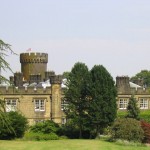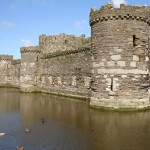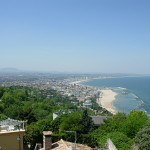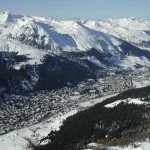Buda Castle – a prominent feature of Budapest and one of the Hungarian symbols
The complex of the Buda Castle and its related temples is a prominent feature of Budapest and one of the symbols of Hungary. The entire site has been added to UNESCO’s World Heritage List already in 1987.
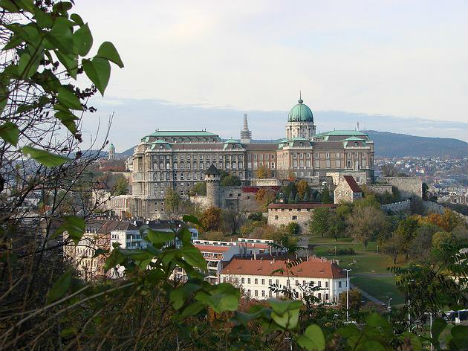
Photo licensed under the Creative Commons, created by Adam Jones
Buda Castle is situated on 60 m high ridge known as Castle Hill, overlooking the city already since the 13th century. The first written mention dates from 1255, when Béla IV. built a fortified castle here. Around 1356 Ludwig I. then began to build a Royal Castle on the southern slopes of Castle Hill. With the advent of the year 1400, the Holy Roman Emperor Sigismund of Luxembourg built a Gothic palace here, which was in 1458 rebuilt into a Renaissance style.
The palace was constantly besieged since the beginning by Turks and the Habsburgs, and was almost destroyed and then rebuilt to a smaller one. After the conquest of Buda in 1541 by Turkish troops the palace served as stables and storage of gunpowder. Its expansion was issued later by Maria Theresa, who changed it into a palace with 203 chambers. Habsburgs made a reconstruction of the palace in the 18th century by which they rebuilt it into a huge palace.

Photo licensed under the Creative Commons, created by Benjamin Vander Steen
Buda Castle includes several major institutions such as the Hungarian National Gallery, Budapest History Museum and National Széchényi Library.
The Hungarian National Gallery is a home to an extensive collection describing the turbulent past of the country. It was founded in 1957 and now holds exhibits of Hungarian art from the Middle Ages to the present. Originally, these works were located in the Hungarian National Museum and the Museum of Fine Arts, but in 1975 were moved to the royal palace. Visitors can now see the six permanent exhibitions of the most valuable works of Hungary.
The Budapest History Museum is in operation since 1873, when began to collect historical artifacts related to the capital city. During the World War II was in the south wing of the royal palace discovered medieval hall in which you can now see an exhibition called The Royal Palace in the medieval Buda. Here you can find the weapons, sealants, tiles and early crafts. An exhibition shows development of the city from Roman times up to the Hungarian settlement in the 13th century. The first floor hosts an exhibition of contemporary Budapest, the city’s history from 1686 to present.

Photo licensed under the Creative Commons, created by Országos Széchényi Könyvtár
National Széchényi Library holds a stunning collection of books. The library was founded in 1802 by Count Ferenc Széchenyi. It consisted of 15,000 books and 2,000 manuscripts. Now the collection includes five million prints, it’s everything that has ever been issued in Hungary. Among the most valuable gems are Corvinus manuscripts, which are collections of old books and manuscripts which formerly belonged to King Matthias Corvinus. This collection formed one of the largest libraries in Renaissance Europe.
Once you are in Budapest, I’m sure you cannot miss this great Castle!
View Buda Castle – a prominent feature of Budapest and one of the Hungarian symbols in a larger map
Category: Castles and Palaces, Hungary







